The Intel Comet Lake Core i9-10900K, i7-10700K, i5-10600K CPU Review: Skylake We Go Again
by Dr. Ian Cutress on May 20, 2020 9:00 AM EST- Posted in
- CPUs
- Intel
- Skylake
- 14nm
- Z490
- 10th Gen Core
- Comet Lake
Socket, Silicon, Security
Editor's note: this page is mostly a carbon copy of our deep-dive covering the Comet Lake 10th Gen announcement, with some minor tweaks as new information has been obtained.
The new CPUs have the LGA1200 socket, which means that current 300-series motherboards are not sufficient, and users will require new LGA1200 motherboards. This is despite the socket being the same size. Also as part of the launch, Intel provided us with a die shot:
It looks very much like an elongated Comet Lake chip, which it is. Intel have added two cores and extended the communication ring between the cores. This should have a negligible effect on core-to-core latency which will likely not be noticed by end-users. The die size for this chip should be in the region of ~200 mm2, based on previous extensions of the standard quad core die:
CFL 4C die: 126.0 mm2
CFL 6C die: 149.6 mm2
CFL 8C die: 174.0 mm2
CML 10C die: ~198.4 mm2

Original 7700K/8700K die shots from Videocardz
Overall, Intel is using the new 10C silicon for the ten core i9 parts, as well as for the eight core i7 parts where those get dies with two cores disabled. Meanwhile for the six core i5 parts, Intel is apparently using a mix of two dies. The company has a native 6C Comet Lake-S design, but they're also using harvested dies as well. At this point it appears that the K/KF parts – the i5-10600K and i5-10600KF – get the harvested 10C design, while all of the rest of the i5s and below get the native 6C design.
For security, Intel is applying the same modifications it had made to Coffee Lake, matching up with the Cascade Lake and Whiskey Lake designs.
| Spectre and Meltdown on Intel | ||||||
| AnandTech | Comet Lake |
Coffee Refresh |
Cascade Lake | Whiskey Lake |
||
| Spectre | Variant 1 | Bounds Check Bypass | OS/VMM | OS/VMM | OS/VMM | OS/VMM |
| Spectre | Variant 2 | Branch Target Injection | Firmware + OS | Firmware + OS | Hardware + OS | Firmware + OS |
| Meltdown | Variant 3 | Rogue Data Cache Load | Hardware | Hardware | Hardware | Hardware |
| Meltdown | Variant 3a | Rogue System Register Read | Microcode Update | Firmware | Firmware | Firmware |
| Variant 4 | Speculative Store Bypass | Hardware + OS | Firmware + OS | Firmware + OS | Firmware + OS | |
| Variant 5 | L1 Terminal Fault | Hardware | Hardware | Hardware | Hardware | |
Box Designs
Intel has again chanced the box designs for this generation. Previously the Core i9-9900K/KS came in a hexagonal presentation box – this time around we get a window into the processor.
There will be minor variations for the unlocked versions, and the F processors will have ‘Discrete Graphics Required’ on the front of the box as well.
Die Thinning
One of the new features that Intel is promoting with the new Comet Lake processors is die thinning – taking layers off of the silicon and in response making the integrated heat spreader thicker in order to enable better thermal transfer between silicon and the cooling. Because modern processors are ‘flip-chips’, the bonding pads are made at the top of the processor during manufacturing, then the chip is flipped onto the substrate. This means that the smallest transistor features are nearest the cooling, however depending on the thickness of the wafer means that there is potential, with polishing to slowly remove silicon from this ‘rear-end’ of the chip.
In this slide, Intel suggests that they apply die thinning to products using STIM, or a soldered thermal interface. During our briefing, Intel didn’t mention if all the new processors use STIM, or just the overclockable ones, and neither did Intel state if die thinning was used on non-STIM products. We did ask how much the die is thinned by, however the presenter misunderstood the question as one of volume (?). We’re waiting on a clearer answer.
Overclocking Tools and Overclocking Warranties
For this generation, Intel is set to offer several new overclocking features.
First up is allowing users to enable/disable hyperthreading on a per-core basis, rather than a whole processor binary selection. As a result, users with 10 cores could disable HT on half the cores, for whatever reason. This is an interesting exercise mostly aimed at extreme overclockers that might have single cores that perform better than others, and want to disable HT on that specific core.
That being said, an open question exists as to whether the operating system is set up to identify if individual cores have hyperthreads or not. Traditionally Windows can determine if a whole chip has HT or not, but we will be interested to see if it can determine which of my threads on a 10C/15T setup are hyperthreads or not.
Also for overclocking, Intel has enabled in the specification new segmentation and timers to allow users to overclock both the PCIe bus between CPU and add-in cards as well as the DMI bus between the CPU and the chipset. This isn’t strictly speaking new – when processors were driven by FSB, this was a common element to that, plus the early Sandy Bridge/Ivy Bridge core designs allowed for a base frequency adjustment that also affected PCIe and DMI. This time around however, Intel has separated the PCIe and DMI base frequencies from everything else, allowing users to potentially get a few more MHz from their CPU-to-chipset or CPU-to-GPU link.
The final element is to do with voltage/frequency curves. Through Intel’s eXtreme Tuning Utility (XTU) and other third party software that uses the XTU SDK, users can adjust the voltage/frequency curve for their unlocked processor to better respond to requests for performance. For users wanting a lower idle power, then the voltage during idle can be dropped for different multiplier offsets. The same thing as the CPU ramps up to higher speeds.
It will be interesting to see the different default VF curves that Intel is using, in case they are per-processor, per-batch, or just generic depending on the model number. Note that the users also have to be mindful of different levels of stability when the CPU goes between different frequency states, which makes it a lot more complicated than just a peak or all-core overclock.
On the subject of overclocking warranties, even though Intel promotes the use of overclocking, it isn’t covered by the standard warranty. (Note that motherboard manufacturers can ignore the turbo recommendations from Intel and the user is still technically covered by warranty, unless the motherboard does a technical overclock on frequency.) Users who want to overclock and obtain a warranty can go for Intel’s Processor Protection Plans, which will still be available.
Motherboards, Z490, and PCIe 4.0 ??
Due to the use of the new socket, Intel is also launching a range of new motherboard chipsets, including Z490, B460, and H470. We have a separate article specifically on those, and there are a small number of changes compared to the 300 series.
The two key features that Intel is promoting to users is support for Intel’s new 2.5 GbE controller, the I225-V, in order to drive 2.5 gigabit Ethernet adoption. It still requires the motherboard manufacturer to purchase the chip and put it on the board, and recent events might make that less likely – recent news has suggested that the first generation of the I225 silicon is not up to specification, and certain connections might not offer full speed. As a result Intel is introducing new B2 stepping silicon later this year, and we suspect all motherboard vendors to adopt this. The other new feature is MAC support for Wi-Fi 6, which can use Intel’s AX201 CNVi RF wireless controllers.
One big thing that users will want to know about is PCIe 4.0. Some of the motherboards being announced today state that they will support PCIe 4.0 with future generations of Intel products. At present Comet Lake is PCIe 3.0 only, however the motherboard vendors have essentially confirmed that Intel’s next generation desktop product, Rocket Lake, will have some form of PCIe 4.0 support.
Now it should be stated that for the motherboards that do support PCIe 4.0, they only support it on the PCIe slots and some (very few) on the first M.2 storage slot. This is because the motherboard vendors have had to add in PCIe 4.0 timers, drivers, and redrivers in order to enable future support. The extra cost of this hardware, along with the extra engineering/low loss PCB, means on average an extra $10 cost to the end-user for this feature that they cannot use yet. The motherboard vendors have told us that their designs conform to PCIe 4.0 specification, but until Intel starts distributing samples of Rocket Lake CPUs, they cannot validate it except to the strict specification. (This also means that Intel has not distributed early Rocket Lake silicon to the MB vendors yet.)
So purchasing a Z490 motherboard with PCIe 4.0 costs users more money, and they cannot use it at this time. It essentially means that the user is committing to upgrading to Rocket Lake in the future. Personally I would have preferred it if vendors made the current Z490 motherboards be the best Comet Lake variants they could be, and then with a future chipset (Z590?), make those the best Rocket Lake variants they could be. We will see how this plays out, given that some motherboard vendors are not being completely open with their PCIe 4.0 designs.


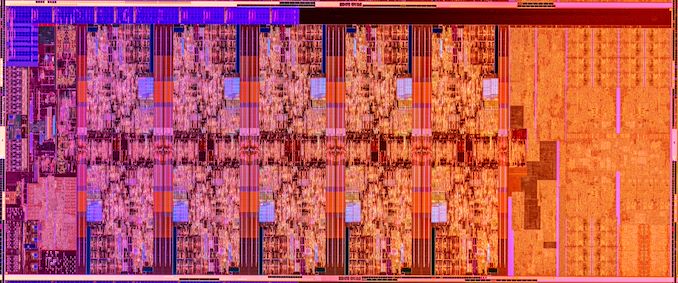
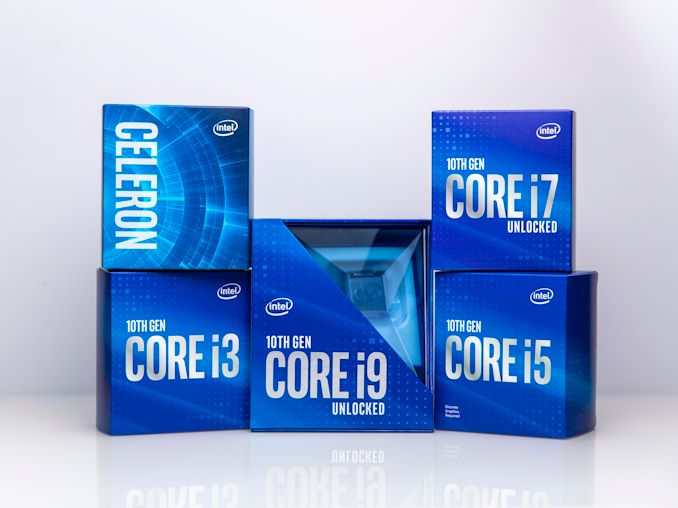
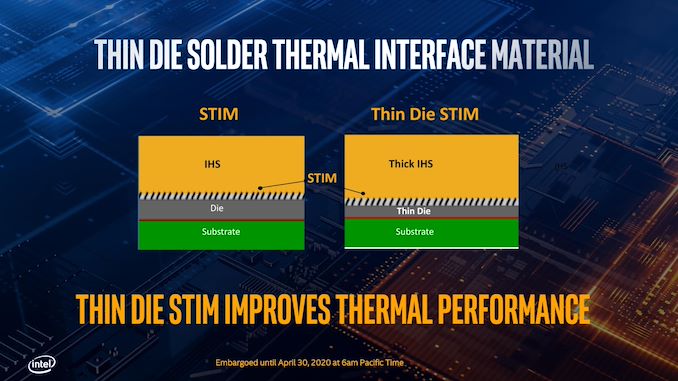
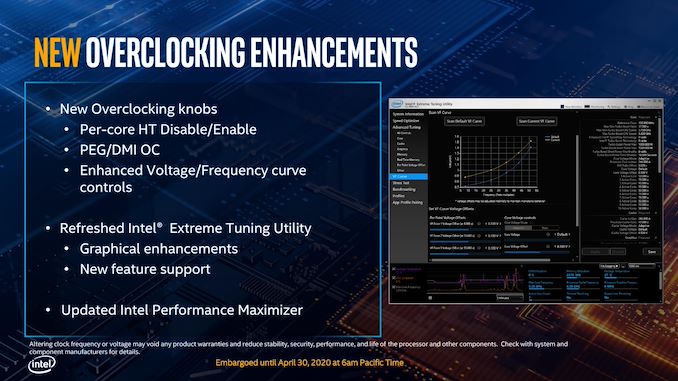
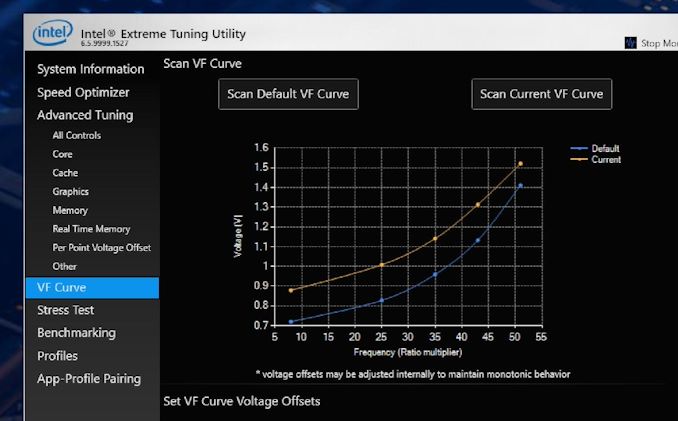
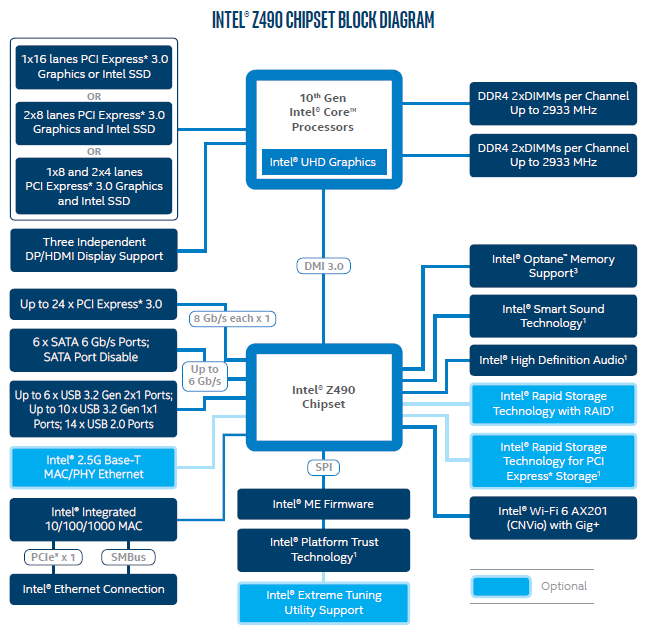
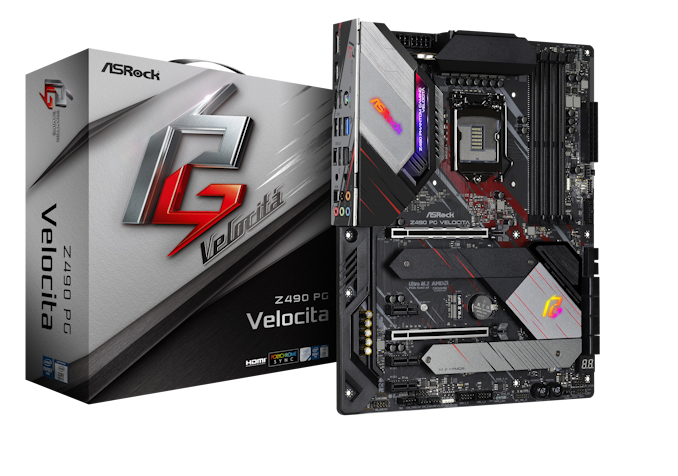








220 Comments
View All Comments
Boshum - Wednesday, May 20, 2020 - link
I generally agree, but I'm not so certain AMD will be in 2nd place within 5 years (from a best CPU architecture point of view). They should be considering the difference in resources, but Intel is so spread out and AMD seems so focused.poohbear - Wednesday, May 20, 2020 - link
OK i'll bite. Why would anyone buy this generation of Intel processors when AMD's is just as powerful and yet more efficient being on 7nm? Especially with Ryzen 4000 coming out this fall.dguy6789 - Wednesday, May 20, 2020 - link
AMD is ahead in a few key areas- price vs performance, total number of cores/threads, power.Intel is still ahead in the per core/per thread area. An Intel 8 core 16 thread will beat an AMD 8 core 16 thread in absolutely everything because of just how high Intel chips can clock to. In short, Intel is a higher performing albeit more expensive option for low thread count workloads.
Boshum - Wednesday, May 20, 2020 - link
I don't think the power and heat are too big a deal until you hit the 8 and 10-core K chips. The people that buy those are enthusiast gamers who want the highest possible FPS in games (whether they are able to perceive it or not, but I am sure they can in certain scenarios). A lot of those ultra-enthusiasts have a lot of fun with overclocking too, and Intel gets more out of that.Ryzen 4000 will undoubtedly be a better overall chip, but Rocket Lake should be coming to the LGA 1200 platform in the not too distant future. It may pass up Ryzen 4000 in gaming for those benchmark enthusiasts. It will be no match for Ryzen 4000 in heavy multi-core scenarios.
gagegfg - Wednesday, May 20, 2020 - link
At the end of the day, AMD continues to have the performance crown at a price premium (3950X).Also, it seems to me a bad ANANTECH policy for many graphics that do not have an AMD equivalent CPU and only put the 3600.
mandoman - Wednesday, May 20, 2020 - link
I can't imaging anyone being the slightest bit concerned about power on the HEDT! It's simply ludicrous to even bring it into the discussion. Frankly the whole emphasis in this review smacks loudly of "tree hugger" philosophy which has no place in the high end computing arena at all.Beany2013 - Wednesday, May 20, 2020 - link
Some of us actually care about good engineering rather than pushing an old, inefficient process node as hard as technically possible.Enjoy dropping an extra £100 just to cool your CPU.
Hxx - Wednesday, May 20, 2020 - link
WHAAT? U think this is not good engineering? this is BALLS engineering, they basically achieved a miracle on the 14nm platform. You are basically standing in front of a miracle. Step back and think about it. A 5 yo technology that competes and beats in many tests the competitor's 7nm process. Yes overall AMD may be the better purchase but again that not what im saying.Just think about that. On top of that they added good overclocking, controlled temps, plenty features, etc . Cant say im impressed with the Z490 platform itself since its the same old z390/70/270/170 with better connectivity but the CPU themselves will make history I mean the 14nm process sure is effing OLD but man what these guys did with this, the refinement it went through to achieve this performance on this OLD tech is amazing in my opinion and for that I applaud them. I want them to hurry up and wrap up Rocket Lake but this is definitely for sure no doubt definitely great engineering.
alufan - Thursday, May 21, 2020 - link
so what exactly do you think would happen if AMD did the same thing threw the power limits out the window and used a 14++++++ node with the extra thermal headroom available with the 3000 series chips, Intel has not released its new process node chips because they cant make them work AMD has and the limitations are simply due to the node size and physics, they have engineered a way round the issue Intel even now is talking about backporting designs it stinks, this is a "new" chip from Intel with more top end period AMD has released 3 nodes in 3 years and has a new version coming up in a few months with a rumored 20% uplift in IPC but lets wait and see, not to mention 5nm is designed and being sampled and 3nm is in design, that is EngineeringHxx - Thursday, May 21, 2020 - link
ROFL AMD? AMD struggles with getting a BIOS right let alone fine tuning a platform ? Nah they are too busy now supposedly giving us a beta bios for the 4xx series and that's a very scary thought given AMD's track record. In case you didn't know, AMD doesn't make their own chips. If tsmc moves to a different node then so will AMD, that's how it works. So yes I applaud TSMC for good engineering, AMD not so much.